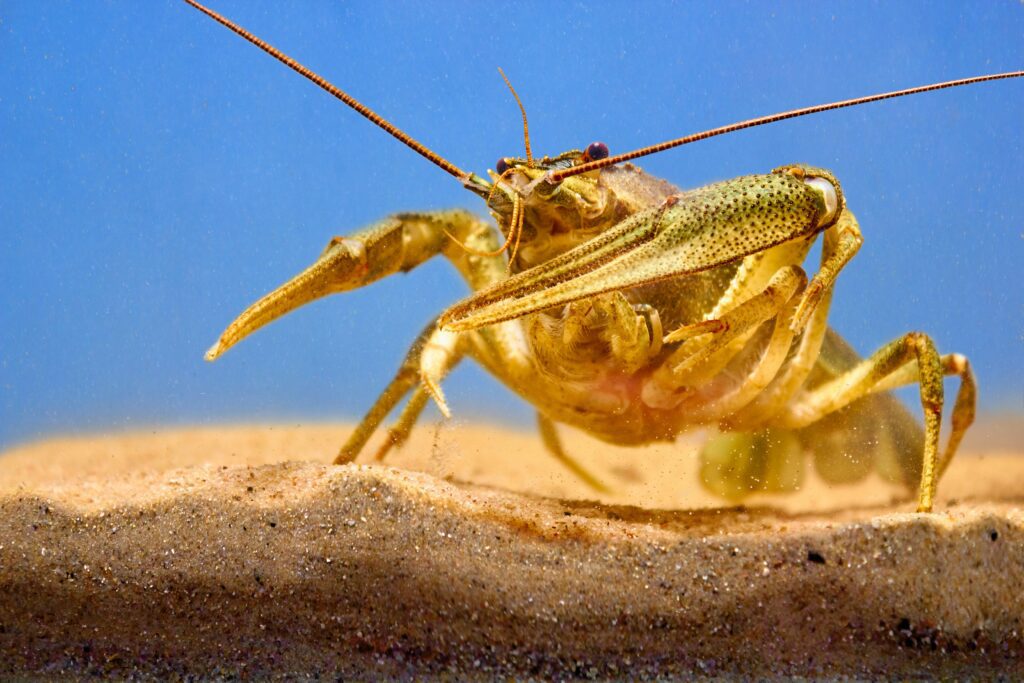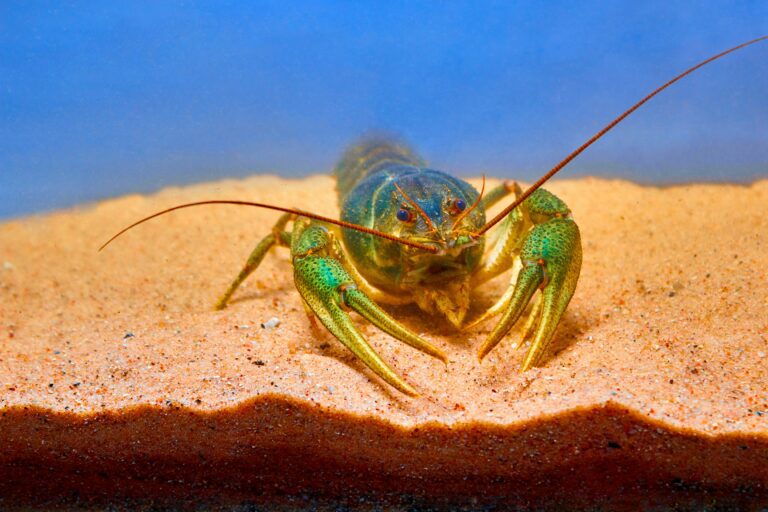Plankton, the tiny organisms drifting through the oceans, may seem insignificant to the untrained eye. However, these microscopic wonders play a crucial role in sustaining life in marine ecosystems. From the vast expanse of the open ocean to the intricate ecosystems of coastal waters, plankton form the foundation of the marine food web, supporting a diverse array of life forms. In this article, we will delve into the world of plankton, exploring their types, distribution, ecological significance, and their relevance to human activities.
Phytoplankton: the primary producers
Importance of Phytoplankton in the Food Web
Phytoplankton, microscopic algae that drift near the surface of aquatic environments, are crucial primary producers in marine and freshwater ecosystems. Through photosynthesis, they convert sunlight, carbon dioxide, and nutrients into organic compounds, serving as the foundation of the aquatic food web. Their role in carbon fixation is immense, contributing significantly to global oxygen production and carbon sequestration. Phytoplankton also play a vital role in regulating Earth’s climate by influencing carbon dioxide levels in the atmosphere.
Ecological Significance of Phytoplankton
Beyond their role in primary production, phytoplankton support diverse marine life. They form the base of marine food chains, providing sustenance for zooplankton, small fish, and other aquatic organisms. Furthermore, they serve as indicators of water quality and ecosystem health. Changes in phytoplankton abundance and composition can reflect shifts in nutrient availability, temperature, and environmental conditions, making them valuable tools for monitoring ecosystem dynamics and detecting ecosystem stressors such as pollution or climate change.
Human Impacts and Phytoplankton
Human activities, such as nutrient pollution and climate change, can profoundly affect phytoplankton communities. Excessive nutrient runoff from agriculture and urban areas can lead to harmful algal blooms, which not only disrupt aquatic ecosystems but also pose risks to human health and economies dependent on fisheries and tourism. Climate change-induced alterations in temperature, ocean circulation patterns, and nutrient availability can also impact phytoplankton distribution and productivity, potentially cascading effects throughout marine food webs and ecosystems.

Zooplankton: the consumers
Role of Zooplankton in the Food Web
Zooplankton, comprising a diverse array of tiny animals including protozoans, crustaceans, and larval forms of larger organisms, are essential consumers in aquatic ecosystems. They feed on phytoplankton, other zooplankton, and organic detritus, effectively transferring energy from primary producers to higher trophic levels. Zooplankton occupy a crucial position in the food web, serving as a primary food source for small fish, larval stages of larger marine animals, and filter-feeding organisms.
Ecological Interactions of Zooplankton
Zooplankton exhibit complex ecological interactions with other components of the food web. Predation, competition, and symbiotic relationships shape zooplankton populations and community structure. For example, some zooplankton species have developed defensive mechanisms against predators, such as transparency or bioluminescence, while others exhibit diel vertical migration patterns to avoid predation and optimize feeding opportunities. Additionally, zooplankton play a role in nutrient cycling through excretion and remineralization of organic matter, contributing to the overall productivity and dynamics of aquatic ecosystems.
Human Impacts and Zooplankton
Human activities, including overfishing, habitat destruction, and pollution, can significantly impact zooplankton populations and biodiversity. Overexploitation of fish stocks can disrupt the balance of the food web, leading to cascading effects on zooplankton communities and ecosystem functioning. Pollution from sources such as oil spills, plastics, and chemical contaminants can directly harm zooplankton through ingestion or accumulation of toxins, as well as indirectly through the degradation of water quality and habitat loss. Conservation efforts aimed at protecting marine ecosystems and reducing anthropogenic pressures are essential for safeguarding zooplankton populations and maintaining the resilience of aquatic food webs.
Distribution and Abundance
Factors Affecting Plankton Distribution
Plankton distribution in aquatic environments is influenced by various factors, both biotic and abiotic. Physical factors such as temperature, salinity, light availability, and nutrient concentrations play significant roles in determining the spatial distribution of plankton communities. For instance, different plankton species exhibit preferences for specific temperature ranges and nutrient concentrations, leading to distinct spatial patterns across marine and freshwater habitats. Ocean currents and water circulation patterns also influence plankton dispersal, affecting their distribution on local, regional, and global scales. Additionally, biological interactions such as predation, competition, and symbiosis can shape plankton distribution by influencing species composition and abundance within communities.
Significance of Plankton Abundance for Marine Life
Plankton abundance is a critical determinant of marine ecosystem productivity and biodiversity. As primary producers, phytoplankton form the foundation of the marine food web, supporting a vast array of aquatic organisms, from zooplankton and small fish to marine mammals and seabirds. Changes in plankton abundance and composition can have cascading effects throughout marine ecosystems, impacting trophic interactions, population dynamics, and ecosystem structure. For example, fluctuations in phytoplankton abundance can affect the growth and reproduction of zooplankton, which in turn influences the abundance and distribution of higher trophic levels such as fish and marine predators. Moreover, plankton abundance serves as an indicator of ecosystem health and environmental conditions, with declines in plankton populations often signaling underlying stressors such as pollution, habitat degradation, or climate change. Understanding the factors regulating plankton abundance is crucial for effective management and conservation of marine resources and ecosystems.
Ecological Significance
Contribution to Carbon Cycling and Oxygen Production
Plankton, particularly phytoplankton, play a fundamental role in global carbon cycling and oxygen production. Through photosynthesis, phytoplankton absorb carbon dioxide from the atmosphere and convert it into organic carbon compounds, releasing oxygen as a byproduct. This process, known as carbon fixation, contributes significantly to oxygen production in the Earth’s oceans, accounting for approximately half of the total oxygen produced worldwide. Furthermore, the organic carbon produced by phytoplankton forms the base of marine food webs, with carbon transferred through trophic levels as organisms consume and respire, eventually contributing to carbon sequestration in deep ocean sediments or being released back into the atmosphere through decomposition and respiration.
Role in Maintaining Biodiversity
Planktonic organisms, including both phytoplankton and zooplankton, play a crucial role in maintaining biodiversity in aquatic ecosystems. As primary producers, phytoplankton support a diverse array of zooplankton species, which in turn serve as food sources for higher trophic levels such as fish, marine mammals, and seabirds. The intricate interactions between planktonic organisms and other components of the food web contribute to the stability and resilience of marine ecosystems. Additionally, planktonic organisms exhibit remarkable diversity in morphology, physiology, and ecological niche, with adaptations allowing them to thrive in diverse environmental conditions. This biodiversity not only enhances ecosystem productivity but also provides insurance against environmental disturbances and perturbations, ensuring the functioning and sustainability of marine ecosystems.
Impact on Climate Regulation
Plankton exert significant influence on climate regulation through various mechanisms. Firstly, phytoplankton play a vital role in regulating atmospheric carbon dioxide levels by sequestering carbon through photosynthesis. This process helps mitigate the greenhouse effect and reduce global warming by removing carbon dioxide from the atmosphere and storing it in the ocean as organic matter. Additionally, plankton contribute to the production of climate-active gases such as dimethyl sulfide (DMS), which can influence cloud formation and albedo, thereby affecting Earth’s energy balance and climate patterns. Changes in plankton abundance and distribution, driven by factors such as ocean warming, nutrient availability, and ocean acidification, can have profound implications for climate dynamics, highlighting the interconnectedness of marine ecosystems with global climate processes.
VIDEO CREDITS NATURAL WORLD FACTS
FAQs
Q. What is plankton?
A. Plankton refers to tiny organisms that drift in the water column, unable to swim against currents. They encompass a wide range of organisms including algae, bacteria, and small animals.
Q. What role do plankton play in the marine ecosystem?
A. Plankton serve as the foundation of the marine food web, providing sustenance for a vast array of marine organisms. They are primary producers, converting sunlight into organic matter through photosynthesis, and are consumed by larger organisms, thereby transferring energy through the food chain.
Q. How diverse is plankton?
A. Plankton exhibit immense diversity, with thousands of species identified across various taxonomic groups. This diversity includes phytoplankton (plant-like plankton) and zooplankton (animal-like plankton), each with numerous species adapted to different environmental conditions.
Q. What are some examples of plankton?
A. Phytoplankton examples include diatoms, dinoflagellates, and cyanobacteria, while zooplankton comprise copepods, krill, and jellyfish larvae, among others.
Q. How do plankton contribute to global ecosystems?
A. Plankton play crucial roles in global biogeochemical cycles, such as the carbon and oxygen cycles. They absorb carbon dioxide during photosynthesis and release oxygen, helping to regulate the Earth’s atmosphere and climate. Additionally, they form the base of marine food webs, supporting diverse ecosystems and fisheries worldwide.
Conclusion
In the vast expanse of the ocean, where the eye can see only endless waves, lies a world of intricate life forms, where the tiniest organisms hold the key to the survival of entire ecosystems. Plankton, though often overlooked, are the unsung heroes of the marine world, sustaining life from the depths of the ocean to its sunlit surface. As we come to appreciate the vital role of plankton in maintaining the health and balance of our oceans, it becomes clear that their conservation is not just a matter of ecological concern but a necessity for the well-being of our planet. Let us heed the call to protect these tiny wonders and embark on a journey of discovery and conservation to ensure the health and vitality of our oceans for generations to come.
UP NEXT
The Colorful Diversity of Coral Reefs: Ecosystems Under Threat



